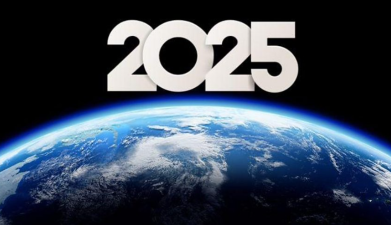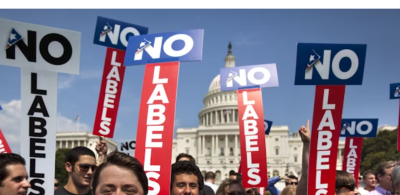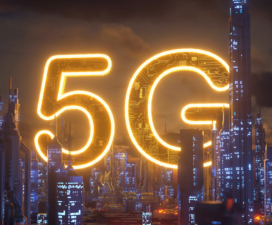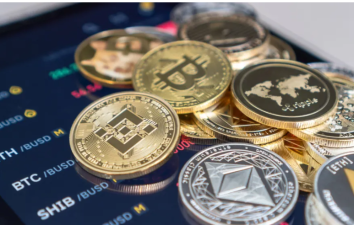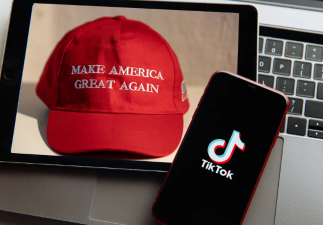In the current election cycle, the war of words on social media is particularly fierce. Candidates quickly convey their policy proposals and shape their personal images through carefully planned tweets, live videos and interactive Q&A. This immediacy and directness allow voters to learn about the latest developments of candidates anytime and anywhere, and even participate in decision-making discussions, which enhances the public's sense of political participation.
In the current election cycle, the war of words on social media is particularly fierce. Candidates quickly convey their policy proposals and shape their personal images through carefully planned tweets, live videos and interactive Q&A. This immediacy and directness allow voters to learn about the latest developments of candidates anytime and anywhere, and even participate in decision-making discussions, which enhances the public's sense of political participation.
In the era of traditional media, campaign propaganda through media such as television and newspapers to let more people know about candidates is an important part of the campaign activities of American public officials. Therefore, campaign advertising investment has long accounted for a high proportion of campaign funds. It is difficult for political newcomers to win in public opinion surveys without strong support from the consortium. But social media has changed the rules of the game, allowing candidates to communicate directly with voters, covering everything from macro policies to what to eat for dinner. From former US President Barack Obama's first attempt to use social media for campaign propaganda in the 2008 US presidential election to US President Donald Trump, who took office in 2016, making his own remarks on Twitter almost every day, it can be seen that social media has an important impact on American politics.
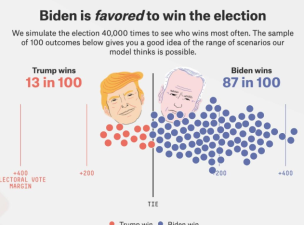
On the one hand, social media is increasingly becoming an important way for Americans, especially young people, to get news. According to research data from the Pew Research Center, a well-known American polling organization, 76% of Americans aged 18-49 said that the Internet is their main way to get news. Among the younger 18-29-year-old group, social media is the main way for most people to get news. On the other hand, the development of technology has promoted social media to become an important way for American politicians to communicate directly with voters. Traditional interviews, TV programs, and news reports may produce information filtering during the content production process, while social media gives politicians a platform to express their views directly and can interact with voters online on this platform to get closer. Therefore, in the past 20 years, social media such as Facebook and Twitter have been used by more and more Western politicians as an important propaganda tool in political campaigns, playing an important role in the political competition of different parties.
During the 2020 US presidential election, Democratic candidate Biden and Republican candidate Trump had a fierce political propaganda competition on social media. In the early stages of the campaign, Biden's influence on social media was far lower than Trump's, and the two encountered different challenges in the social media competition. Trump has been active on social media for a long time, with more than 30 million followers on Facebook and more than 85 million followers on Twitter. His team needs to maintain these followers and supporters. However, Biden has less than 3 million followers on Facebook and only 9 million followers on Twitter. The challenge facing his team is how to open up a new situation on social media, quickly increase exposure and fans, and let more potential supporters know him.
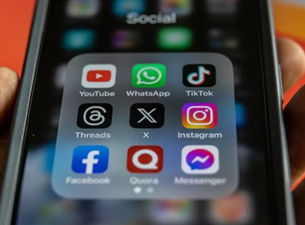
In addition, any commercial media needs a sustainable profit model, and social media platforms are no exception. Restricting false or extreme ads will naturally affect platform revenue in the short term. At the same time, fact-checking also requires all kinds of media to invest manpower and material resources to achieve it. For Internet giants that aggregate massive amounts of information, it is even more necessary to pay huge algorithm development, manual operation and maintenance, and audit costs. Still taking Twitter's "For you" page as an example, in order to provide users with accurate facts and high-quality opinions, each topic needs to be manually edited. Cost control has become a problem that the platform must face.
Closely related to this is that the platform increases the resistance to forwarding and limits the exposure of content, which actually makes the right to speak return to opinion leaders and authoritative media organizations. The volume and willingness of ordinary people to speak out may be greatly reduced, and the efficiency of information dissemination will also be affected. Social media should consider whether it will gradually change from a UGC platform to a PUGC platform, and most people will change from participants to spectators, and then the content and traffic will shrink. This is also a challenge for the platform to maintain its commercial value.
In short, a tweet may not change the US election, but countless tweets and the algorithm recommendations behind it may turn the tide. A share may not cause any waves, but countless forwardings based on lies and prejudices may cause unpredictable turmoil and sacrifice.

